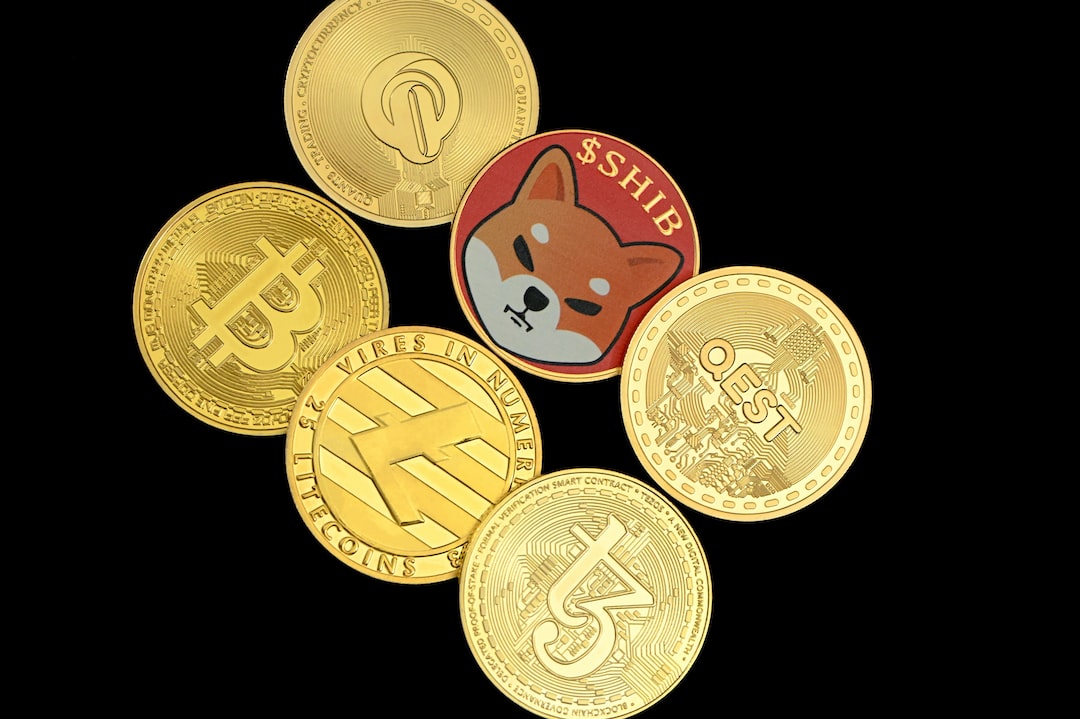Forex trading is a complex and exciting world, where traders buy and sell currencies in order to profit from changes in exchange rates. The most important factor that affects currency prices is interest rates, especially when the central bank of a country decides to raise or lower them. In this article, we will explain what happens to the USD when the Fed raises interest rates, and how this affects the Forex market.
The Federal Reserve, or the Fed, is the central bank of the United States, and it has the responsibility to set monetary policy in order to achieve its dual mandate of stable prices and maximum employment. One of the tools that the Fed uses to achieve its goals is the federal funds rate, which is the interest rate that banks charge each other for overnight loans.
When the Fed raises the federal funds rate, it makes borrowing more expensive for banks, which in turn affects the interest rates that consumers and businesses pay for their loans. This has a ripple effect on the economy, as higher interest rates can slow down economic growth and inflation, and can even cause a recession.
However, higher interest rates also attract foreign investors, who are looking for higher returns on their investments. This is where the Forex market comes in, as currency traders buy and sell currencies based on their expectations of interest rates and economic growth.
So, what happens to the USD when the Fed raises interest rates? In general, higher interest rates make the USD more attractive to foreign investors, as they can earn higher returns on their investments in US assets, such as bonds and stocks. This leads to an increase in demand for the USD, which drives up its value relative to other currencies.
For example, if the Fed raises interest rates and the European Central Bank (ECB) keeps its rates unchanged, investors may shift their money from euro-denominated assets to USD-denominated assets, which would lead to a decrease in the EUR/USD exchange rate.
On the other hand, if the Fed raises interest rates too quickly or too aggressively, it can have a negative impact on the US economy and the USD. Higher interest rates can make it more difficult for businesses and consumers to borrow money, which can lead to lower levels of investment and spending. This can slow down economic growth, which can in turn lead to a weaker USD.
Moreover, higher interest rates can also cause capital flows out of emerging markets and into the US, which can lead to a stronger USD and weaker emerging market currencies. This can be especially harmful for countries that rely on external financing, such as those with large current account deficits.
In summary, the impact of Fed interest rate decisions on the USD and the Forex market is complex and depends on a variety of factors, such as the pace and magnitude of rate changes, economic growth, and global capital flows. Forex traders need to carefully analyze these factors in order to make informed trading decisions and manage their risk effectively.





